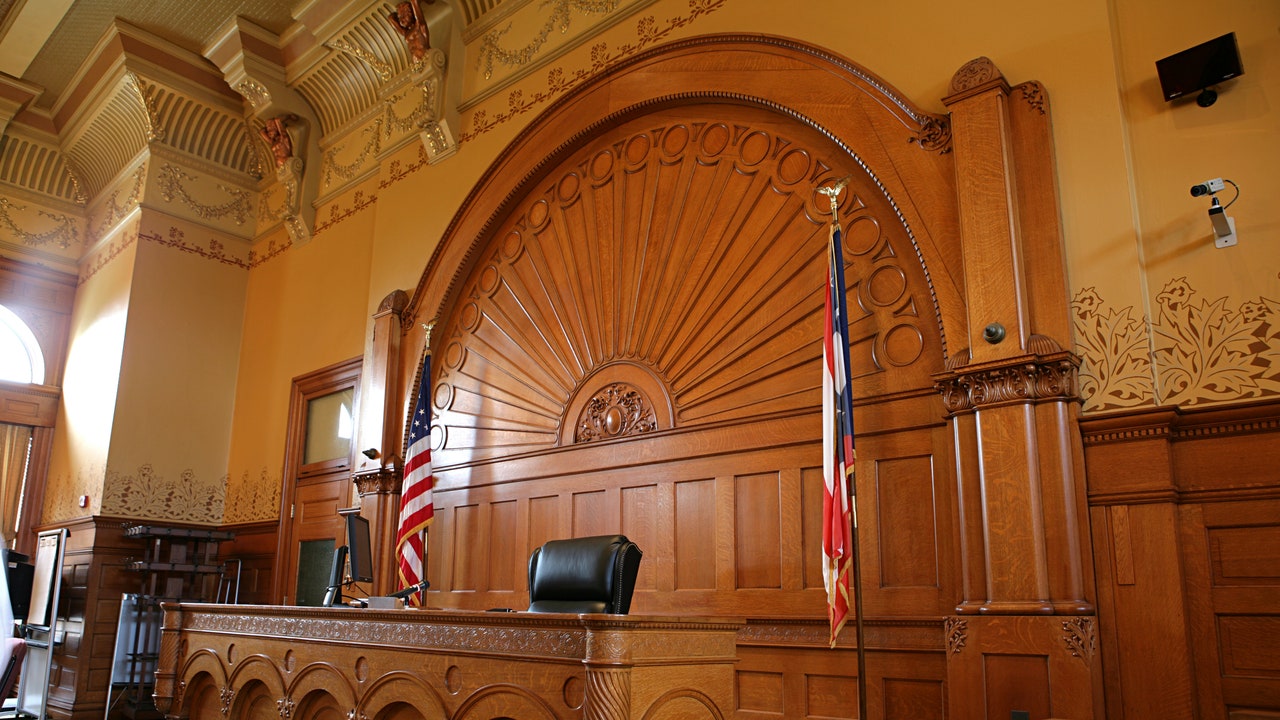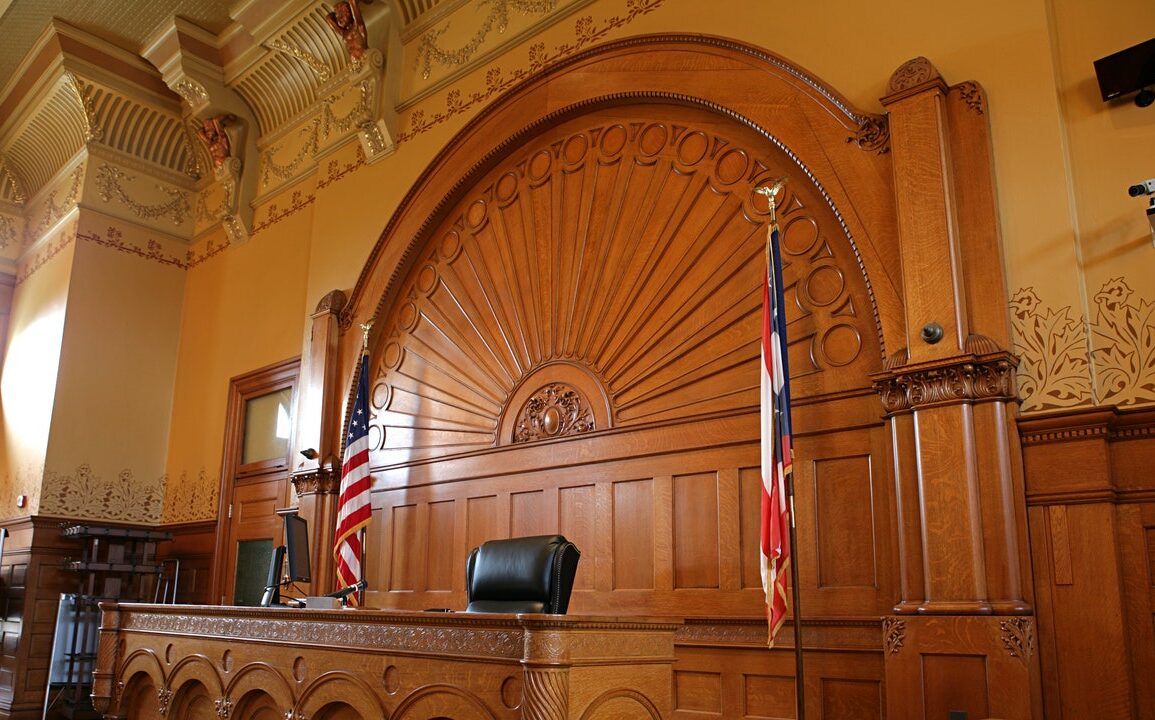
I have the privilege of working with future lawyers every day. After the United States Supreme Court gutted affirmative action, I knew they’d have something to say. “Only 5% of lawyers are Hispanic,” one of my Latina law students shared. This ruling “means that communities that need lawyers that look like them, think like them, and understand them will be scarce.”
She’s right — and as the leader of an organization changing the composition of our highest courts, I know that empowering students like her is more important now than ever.
This June, the Supreme Court released landmark rulings on affirmative action, criminal justice, and tribal rights. All of these cases disproportionately affect communities of color. Yet a group of mostly straight, white, and male attorneys and judges are arguing and deciding these cases — and most appellate cases — despite often having no lived experience with the issues before them.
Most Americans are familiar with our highest appellate court, the Supreme Court, but it accepts less than 2% of the cases it receives. That means 98% of appellate cases are decided by state and federal appellate courts. Appellate lawyers strategically shape these cases and, not infrequently, end up becoming judges themselves. Appellate judges, in turn, issue rulings that determine what our laws mean and how they apply to all of us. The results are decisions that affect every facet of our personal lives, from our reproductive rights to our ability to vote.
As a Muslim woman of color and a civil rights attorney, I have repeatedly felt how deeply appellate rulings can affect one’s life — as well as the real harm when the communities most impacted are least represented. The appellate bar’s historically elite, insular nature perpetuates this dynamic. Recruiting and hiring traditionally focuses on a handful of students at one to two top-ranked law schools who are already connected to appellate lawyers and judges. Law students of color, particularly those bearing the brunt of systemic racism, are less likely to be in those networks and often miss out on appellate opportunities.
Like many first-generation lawyers of color, I didn’t know appellate work was a career path until I was years into my legal practice. I had missed out on most of the steps needed to enter the field and — like too many students of color — had been actively discouraged from pursuing them. Through the limited exposure I did eventually receive, I almost never encountered an attorney of color leading an appellate case or deciding one from the bench. When you don’t see anyone who shares your background, the message you hear is “you don’t belong.”
The Supreme Court’s recent ruling banning affirmative action will only exacerbate this issue, making it even harder for people of color, particularly Black and brown communities, to enter these historically inaccessible spaces. Instead of helping level the playing field, the Court has added more obstacles for these future attorneys looking to join their ranks.
This post was originally published on this site be sure to check out more of their content.







